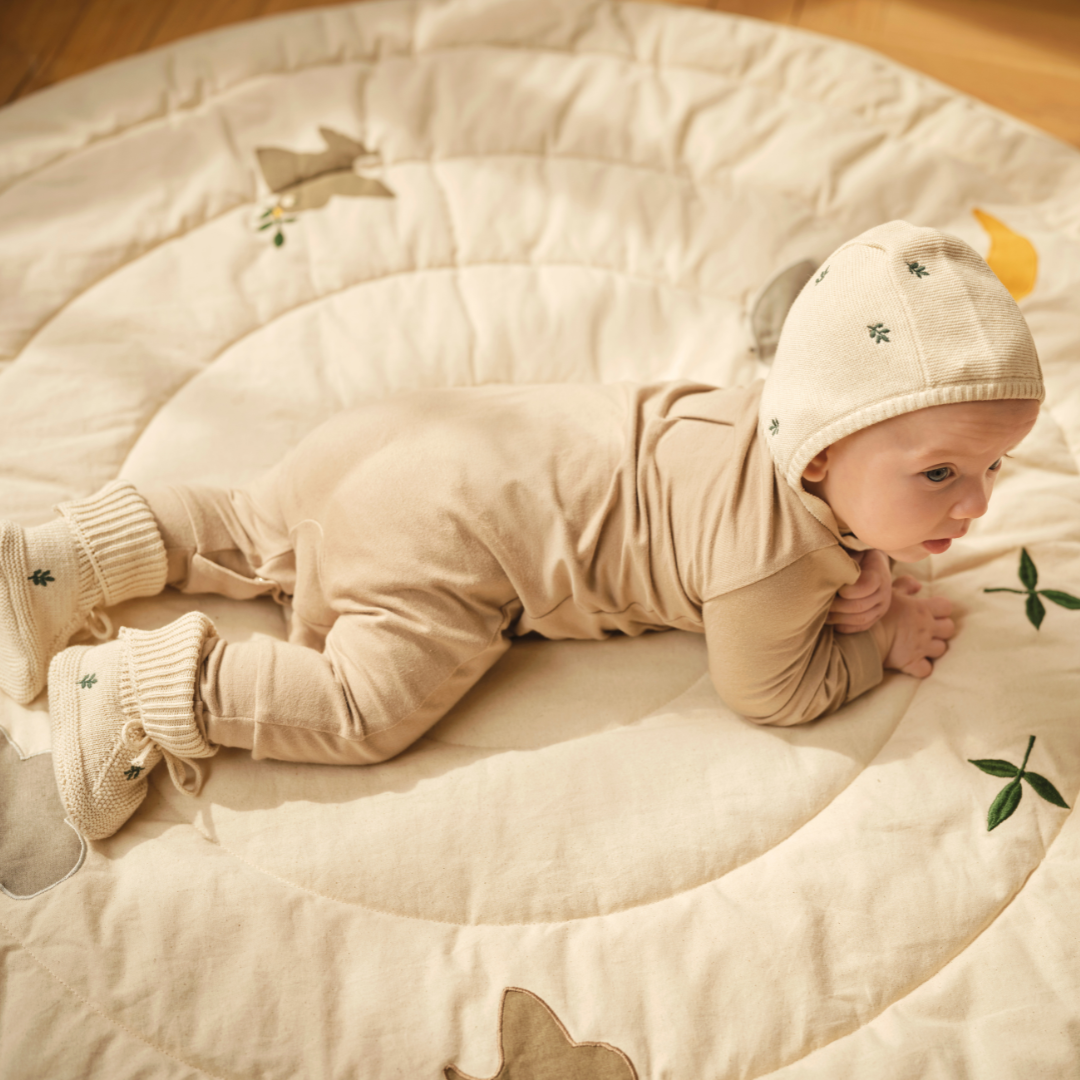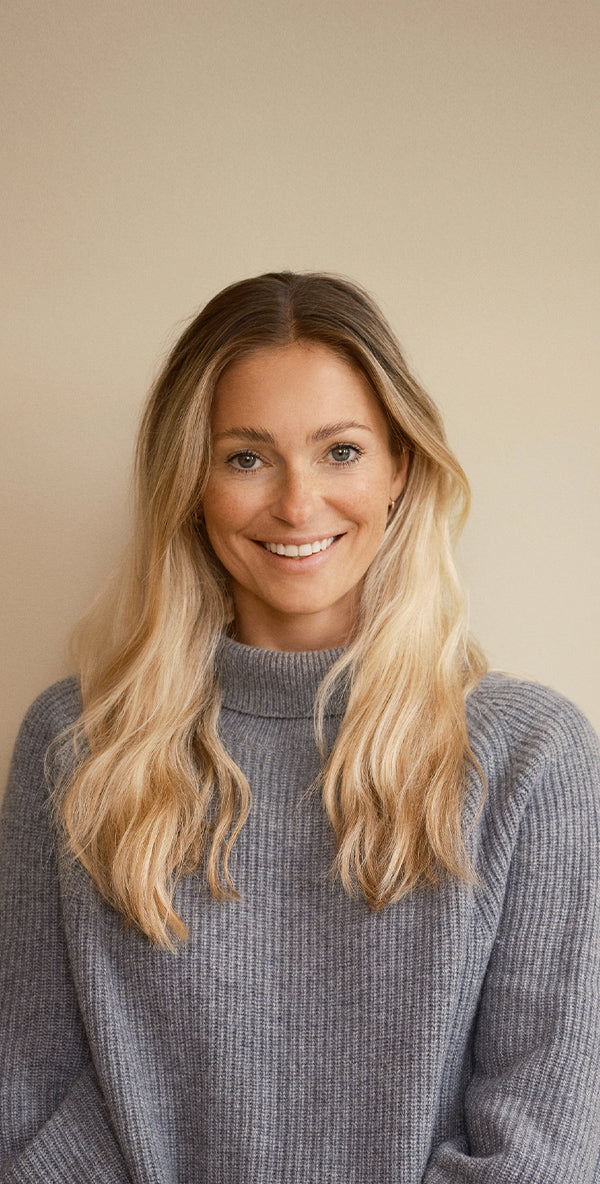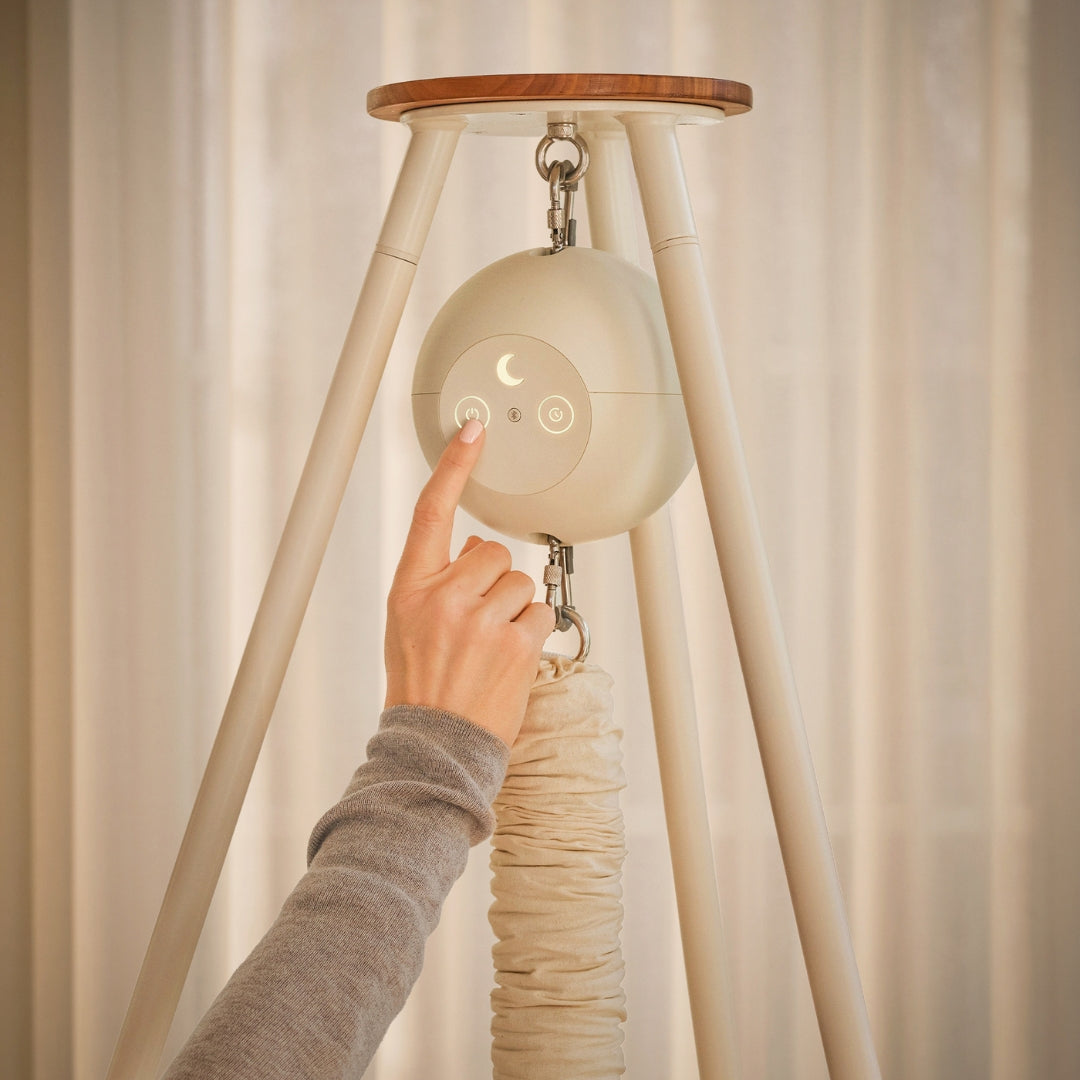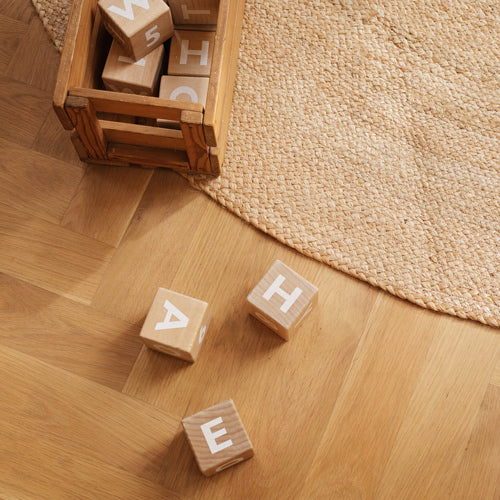


Crawling is an exciting milestone in your baby’s development. It marks the moment your little one moves from being mostly stationary and dependent on you or other caregivers to exploring the world with greater independence. For most babies this is quite exciting, and they will go about their newfound skill with great excitement and fervor, whilst for many parents this development can be both thrilling, as well as nerve-wracking as your baby can now get into all sorts of new places.
In this article, we will explore when and what you can expect from the crawling stage, how you can help your baby get to this stage and what comes next after crawling.
Most babies begin to crawl between the ages of 6 to 10 months – however, it's important to keep in mind that each child develops at their own pace and some might begin to crawl sooner or later than average, and that's completely normal. Additionally, some babies might skip the crawling phase entirely and move on to pulling themselves up or trying to walk right away. Some others might take extra time to start crawling and perfect their sitting or rolling over skills before they feel like crawling.
Before they start moving around, you may notice some tell-tale signs that your baby is getting ready to crawl. During tummy time, they might begin to rock on their hands and knees or roll around. Frustration at their inability to reach for faraway toys or people can be another sign that they are preparing to move. The following section will elaborate further on these signs.
Most babies, however, tend to go through a variety of developmental stages before crawling, such as learning how to roll, sit, reach for things or learning how to scoot around. Your baby will reach these milestones at different points, spending varying amounts of time in each stage before progressing to the next. The journey towards crawling – and eventually walking -- can be long, full of twists and turns, and will be different for each child. That said, if you feel your little one is significantly delayed in reaching milestones or seems to have stalled in their progress, it is always a good idea to check in with your pediatrician for guidance and reassurance.
While the following stages are generally considered the “normal” order of events, there is no universally agreed upon order, therefore there is absolutely no need to fret if your child’s movement journey presents in a slightly different order or if they skip stages altogether.
Stage 1
Before the little one starts covering any ground, they first need to build up the muscle necessary to do so. More specifically, they will need to strengthen their neck, shoulder, and core muscles. The first step towards this is through tummy time where they are encouraged to lift their head up. Once they have the strength necessary to lift their head with some assistance from their arms, they will begin to roll over from their tummy to back and vice versa. This rolling movement helps them gain some basic coordination skills that will help them later on.
Stage 2
The second stage is when the baby begins to push themselves up into a tabletop position. Once they are comfortable holding themselves steady up on their hands and knees, they will begin to rock back and forth in place. This movement helps the baby continue building upon their upper body strength, as well as assisting with strengthening their core muscles, which in turn helps with balance and shifting their weight. Additionally, the rocking introduces them to the movement required for crawl forward.
Stage 3
Army crawling, or stomach scooting, is typically the first time in a little one’s crawling journey where they are making forward progress. This stage is characterized by the baby using its forearms to drag itself forward along the floor on their stomach, similar to how a soldier may crawl through the mud (hence the name). It is slow-going getting from point A to point B using this method, but it helps them continue to build up their upper body strength, coordination, and encourages the baby to keep working on their movement skills so they can more efficiently move about.
Stage 4
Once the baby has built up their muscles, coordination, and balance, they will finally have all the components necessary to begin crawling forward on their hands and knees. Crawling will then encourage the continued strengthening of the aforementioned muscles and skills, allowing them to move faster and more confidently. Once they have confidence in this new form of movement, they may then experiment with other forms of crawling (sideways, up on hands and feet, etc.) before transitioning into other types of movement such as pulling themselves up to stand.
As muscle is very important to those initial movements that lead to crawling, encouraging your baby to strengthen them is very important. To do this, frequent tummy time is key! Placing toys within sight but slightly out of reach can also be a good motivator for them to start working towards independent movement. Using a nursing pillow can provide extra support during tummy time, helping your baby lift their chest and strengthen their arms and shoulders more comfortably. Limiting their use of socks and shoes can help them grip the floor more easily which will allow them to push forward with greater ease. Above all else, celebrating your child's effort — not only success — is extremely important to encouraging their continued progress.
While it is a very exciting milestone, there are still some precautions that should be taken when your baby starts moving around on their own, such as:
-
Keeping floors, low tables, and low shelves free of any objects that may be dangerous or pose a choking risk
-
Using a soft play mat can provide a safe, cushioned space for your baby to practice crawling and exploring.
-
Using baby gates, cabinet/drawer latches, or locking doors to keep the child away from unsafe areas and objects
-
Baby-proofing electrical outlets that are close to the ground
-
Ensuring loose cables are out of reach
-
Padding sharp corners of furniture (e.g. coffee tables)
-
Making sure all tippable furniture is secured to something solid (e.g. securing bookcases to the wall)
After a baby is a confident crawler, they are often eager to expand their range of movement. This usually includes pulling themselves up using furniture around the one-year mark. Once they can pull themselves up, they might begin to use furniture or other objects to keep their balance while moving around on their feet. Doing this will help improve their balance and strengthen their leg muscles. Once balance and muscle strength is there, they will often move onto standing upright without assistance from objects or other people. Soon afterwards, they should begin to take their first steps all on their own!
Crawling is a very exciting milestone and marks an important step towards the child gaining age-appropriate independence. While it is a special time, the exact timeline can differ greatly depending on the individual child and caregivers should not worry too much if your child’s personal timeline is slightly off. However, if their progress is markedly delayed or stalled, it may be worth a chat with their pediatrician.
At the end of the day, your child is unique — while some steps may be out of order or even skipped entirely, the most important thing is that they are showing interest in exploring their world safely with every little scoot, wobble, crawl, and step!




































